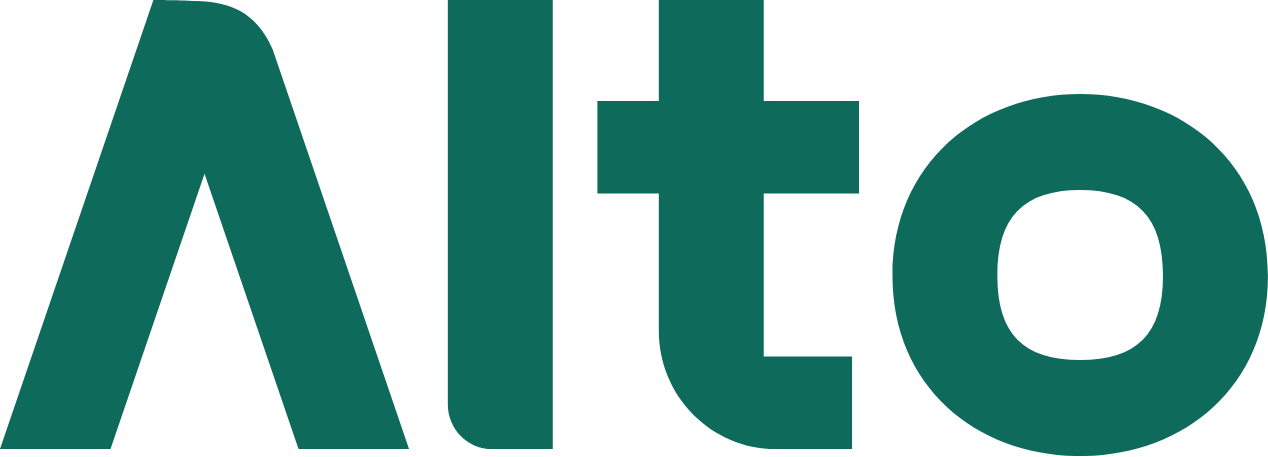UPDATED APRIL 15TH, 2024
Key Takeaways:
- The exact amount that you need to retire comfortably depends on numerous factors: Your annual pre-retirement income, your desired lifestyle, and how long your retirement will last.
- There are several questions you may ask yourself to help plan for retirement, including when should you start and how much should you save.
- The sooner you start investing for retirement, the better.
- Whether you are just starting to plan for retirement or have already built up a healthy nest egg, Alto gives you the opportunity to truly diversify your investment portfolio.
Much of planning for retirement is centered around how much money you need to retire. The answer determines when you should start investing for your future, how much you’ll need to invest to reach your goals, and how you should spend your money when you retire.
To help you plan for retirement, we’ll answer these questions and more.
How much money do you need to retire?
The exact amount that you need to retire comfortably depends on numerous factors: Your annual pre-retirement income, your desired lifestyle, and how long your retirement will last. Having said that, there are a few rules of thumb that can guide you in deciding what your retirement savings goal should be.
Experts recommend you plan for a retirement income that is about 80% of your pre-retirement annual income. If you were earning $100,000 before retirement, you would need roughly $80,000 per year in retirement. Additionally, this amount shouldn’t exceed 4% of your total savings, and likely less (more on that later). So to be able to spend $80,000 annually, you will need a nest egg of $2 million to adhere to the 4% rule. This allows your retirement funds to last you about 30 years.
Is the 4% rule really enough?
Not any more, argues Bill Bengen, the creator of the rule, citing inflation and other market concerns, along with the fact that people are living longer. As you’ll find out later in this article, he’s not alone in this assessment, either.
When should you start planning for retirement?
The earlier you start, the better. While it’s still possible to reach your investment goals if you start later in life, it generally takes much less in terms of contributions if you start early. In addition to having to set aside much larger amounts, there are numerous other drawbacks to delaying your retirement plan. They include:
1. Missing out on Valuable Compound Interest
Starting early helps you take advantage of compound interest. The earlier you start, the more time you give yourself to benefit from the powers of compounding returns and the larger your nest egg becomes.
The impact of compounding is greater over a longer time horizon, as shown in the chart below. Here, we assume a single IRA contribution of $6,000 with annual return rates of 8%, 10%, and 12% over the course of 35 years. Keep in mind that these rates are for the sake of example only; there are no guarantees with investing.
2. Failing to Develop Good Saving and Investing Habits
The longer you wait to start making contributions to your retirement account, the more difficult it becomes to develop a habit of regularly setting aside funds for investing. By default, saving money goes against our natural inclination to spend our paycheck freely and only save what is left at the end of the month. However, it is typically better to set aside a fraction of your paycheck for your savings and investments first, then live off the rest.
3. Paying Higher Taxes
When you set aside money toward a retirement plan like an IRA or a 401(k), you are entitled to generous tax deductions. If you don’t regularly contribute, then you are missing out on potentially valuable deductions and ultimately paying more in taxes.
4. Missing out on Free Money
Many companies match the contributions of their employees toward their retirement plans, at least up to a certain point. This is, in essence, “free money.” It provides a return on your investment before you even begin investing in the market. For example, if you contribute $3,000 to your retirement plan, a 50% employer match would mean your employer would also add $1,500. This greatly increases your contribution without any risk. Starting later effectively means missing out on free money from your employer.
The bottom line: You should start investing in your future as soon as you get your first paycheck.
How much of your income should you invest for retirement?
If you start early, the money you invest likely won’t seem like much in comparison to your end goal. Regardless, it is generally best to think of your savings and investments as a percentage of your salary rather than an absolute constant amount.
Many financial planners recommend that you set aside 15% of your gross salary from the day you get your first paycheck. This includes your investments in various retirement accounts and your employer’s matching contributions.
If that seems easy enough and you feel you can invest a bit more, you might try to set aside 25% of your annual salary. In most likelihood, following this formula will mean that you have saved one year of annual income by 30. If you continue at the same rate, you will have accumulated five times your yearly salary by the age of 50 and 8 times by the age of 65-and that doesn’t even include compound interest!
The difference between saving and investing
It’s important to note the key difference between saving and investing due to rampant inflation, which hit a 40-year high in March at 8.5%. If your hard-earned money is sitting in a savings account, you are likely losing to inflation. Even the best high-yield savings accounts only offer around .5% APY, meaning you’re losing 8% of your paycheck to inflation.
While it’s important to have savings on hand, especially for emergency situations, investing puts your money to work so it grows faster than it would sitting in a savings account. Investing, of course, comes with more risk than saving, but it has the power to help you achieve your financial goals.
How should you spend your savings when you retire?
For decades, the traditional recommendation was to spend no more than 4% of your nest egg in your first year of retirement, and to adjust for inflation thereafter. However, as we touched on earlier, this advice is quickly becoming outdated as analysts predict lower annual returns in the coming years.
So how should you spend your money in a way that helps you preserve your wealth?
Morningstar now recommends that you should plan to spend no more than 3.3% of your savings in your first year of retirement, adjusting this for inflation as the years roll on. Based on this guidance, if you have a portfolio worth $1 million, you shouldn’t spend more than $33,000 in your first year of retirement. That means that if the inflation rate is 8%, you will have $35,640 to spend in your second year of retirement, irrespective of the market’s rate of return.
That said, if inflation persists at today’s high levels, even spending 3.3% of your savings could be too much in the long run, causing your savings to run out.
There are, of course, ways to spend more than 3.3% of your portfolio. You can work longer, reducing the amount you’ll need to withdraw each year. You could also defer Social Security payouts as long as possible (currently age 70), when payouts will be higher than were you to begin taking Social Security at the minimum withdrawal age (currently 62). These strategies will help reduce your dependence on your nest egg.
You could also better diversify your portfolio by investing a portion of your retirement funds in alternative assets with the opportunity for outsized returns using an Alto IRA or Alto CryptoIRA®.
The bottom line
Want to start building your retirement portfolio today? It’s much easier than you think. With Alto, you can invest in alternative assets-like venture capital, private equity, real estate, wine, and crypto-with all the tax benefits of a traditional or Roth IRA.
Whether you are just starting to plan for retirement or have already built up a healthy nest egg, Alto gives you the opportunity to truly diversify your investment portfolio.
Open an account today and start investing in opportunities that interest you.

